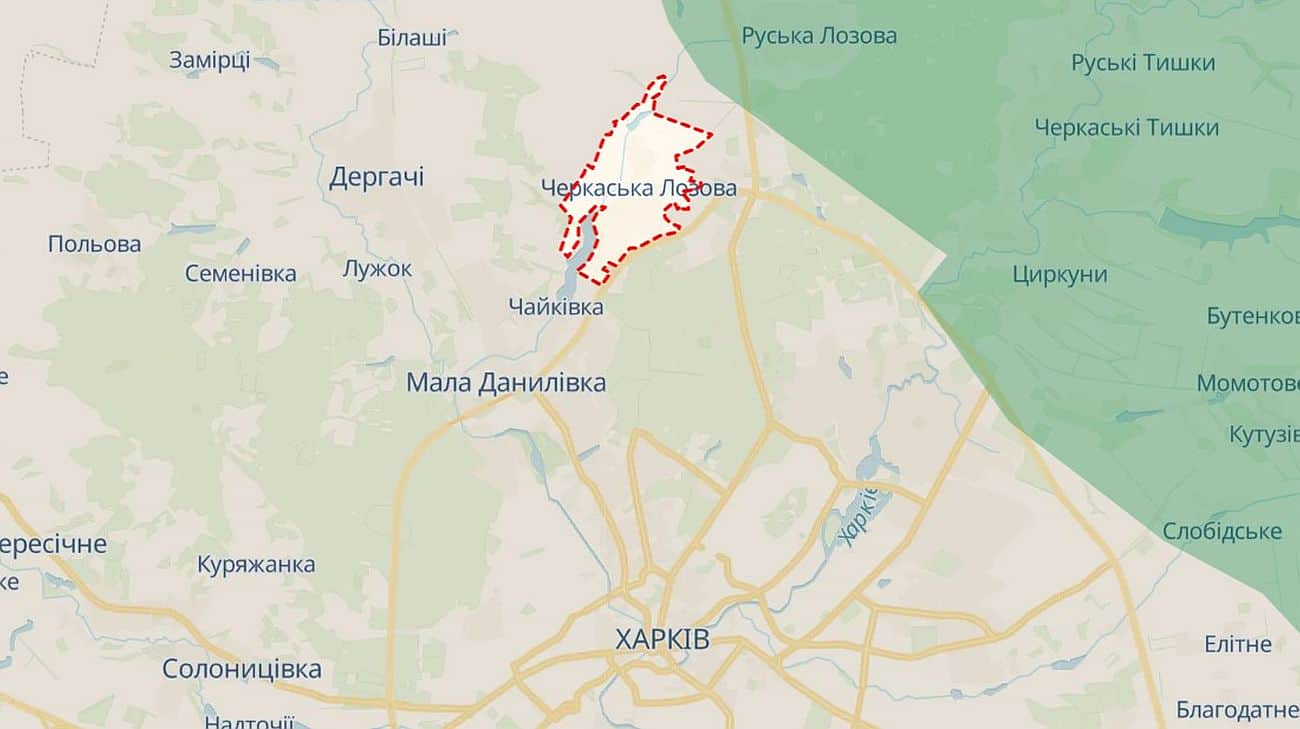ARTICLE AD BOX
• PageRank Algorithm — What It Is in Simple Terms
• Why PageRank Is Needed
• Why Access to the PageRank Panel Is Closed • What's New in the PageRank Algorithm in 2024 • What Affects PageRank • Alternative Authority Metrics • Is PageRank Still Relevant Today? • How to Check the PageRank of a Page • How to Increase PageRank • Conclusion
🔍 Google PageRank
In 1998, as part of a research project, Google developed the PageRank algorithm. In fact, it became the foundation for the world's most famous search engine. A lot of time has passed since then, but questions remain about how Google PageRank works, whether it's still relevant today, and how to check it. This article will address all these questions.
PageRank Algorithm — What Is It in Simple Terms
The oldest and most well-known algorithm, PageRank, is based on the idea that the quality of a webpage is determined by how many incoming links point to it and their quality. Essentially, these links are treated like votes. Pages that receive more quality links are considered more important and rank higher in search results.
So, PageRank is the foundation for organizing content on the World Wide Web based on relevance and authority. This algorithm rewards websites that use natural, high-quality backlinks and prevents artificial manipulation of these links. 🚀
Earlier, the evaluation results were available in the Google toolbar. Numbers ranged from 0 (PR0) to 10 (PR10), and specialists could check the PageRank of the website page they were working on.
In 2016, access to this data was closed. The decision was explained by the fact that SEO specialists had become too obsessed with this metric. However, even though the metric is no longer publicly available, it is still important. 🔒
Basic PageRank Formula
Understanding the formula of the algorithm will help you better understand what Google PageRank is. This metric is calculated as follows:
PR(A) = (1-d) + d * (PR(T₁)/C(T₁) + PR(T₂)/C(T₂) + ... + PR(Tₙ)/C(Tₙ))
Where:
PR(A) — is the Google PR value for page A, which we want to know; d — damping factor (usually set to 0.85); N — total number of pages in the group among which the calculation is made; T₁, T₂, ..., Tₙ — pages that link to page A; PR(T_i) — PageRank of page T_i that links to page A; C(T_i) — total number of links on page T_i.
The rating worked on a logarithmic scale, which many SEO specialists believe had a base of five. This means each additional link would increase a page's importance fivefold. For example, a page with PR4 is considered 25 times more important than a page with PR2. 📊
Why PageRank Is Needed
Understanding what PageRank is and why it is needed helps clarify its main idea. The algorithm's conclusion about which pages are the most useful and relevant is based on assessing links from other authoritative sites.
Primarily, the algorithm, which later became a system, was developed to solve tasks such as:
🔗 Pages that receive links from reliable, authoritative sources are considered more important and rank higher in search results.
🚫 It becomes harder to artificially boost a site's rank through mass link placement, including link farms.
📜 Pages are distributed hierarchically, helping other Google algorithms identify which pages are most authoritative on specific topics.
⚡ Search speed and accuracy increase. With billions of pages on the internet, the algorithm helps quickly identify the most significant and high-quality ones.
So it's no surprise that the PageRank of a website quickly became a benchmark for SEO optimization. Understanding how this algorithm works led specialists to create high-quality content and attract natural links.
Why Access to the PageRank Panel Is Closed
Soon after the algorithm was developed, Google gave specialists the ability to check PageRank through the toolbar. Open access to this information led to manipulation and attempts to artificially increase this metric. Specialists searched for ways to increase PageRank, resulting in a surge in demand for link purchases and the rise of so-called "link farms." Everyone wanted as many links as possible from other websites, often disregarding their quality. ⚠️
However, this approach is far from the most effective SEO strategy. To understand what Google PR is, one must know that it’s not just about the number of links or the quality of the source. Other factors matter: how relevant the links are, how contextual they are, and so on.
Active measures against manipulation of Google PageRank data started. In 2016, public access to the toolbar was closed. Now it is impossible to get exact PageRank information for your site or others. But since the algorithm still plays a role in the page ranking process, many third-party services help determine PageRank based on their developments.
Why the Nofollow Tag Is Needed
Another method of fighting link manipulation was the introduction of the nofollow tag. It was introduced in 2005 as a way to reduce spam. At that time, users abused sending comments to various publications, including links to promoted websites.
The nofollow tag is an attribute value that can be applied to the rel attribute of an HTML link (the anchor tag <a> is used for hyperlinks). It looks like this:
<a href="link" rel="nofollow">Link Text</a>.
This informs search engines that this link should not be associated with your website when calculating link weight.
As Google continued to fight low-quality backlinks, the Penguin update was introduced, penalizing sites that manipulated the system with spam link-building methods. The update was first released in 2012, and subsequent iterations refined the criteria for penalization. In 2016, Penguin became part of Google's core algorithm.
What's New in the PageRank Algorithm in 2024
In March 2024, an internal document leak from Google's API shed light on whether backlinks and PageRank matter today. Specialists discovered that Google uses several versions of PageRank within the company.
The leaked documents mentioned:
RawPageRank — likely the basic calculation of page importance based on links. PageRank2 — an updated version of the algorithm, but its workings remain unclear. PageRank_NS (nearest seed) — helps understand content relationships and identify low-quality pages. FirstCoveragePageRank — likely the PR value Google assigns when discovering and indexing a page.
Despite PageRank not being public, the principles of the algorithm still determine how Google evaluates websites. The leaked documents prove this. SEO specialists should try to get their PageRank from third-party services while considering Google's ranking principles. 📈
What Affects PageRank
Checking the PR of pages shows that not all links are equal from an SEO perspective. Factors that further influence the PageRank metric include:
🔑 Anchor text;
📍 Link placement on the page;
🔗 Quality of internal linking.
In conclusion, the core idea of the algorithm remains the same: backlinks act as votes, signaling the usefulness of pages. However, the links will influence page weight only when certain conditions are met:
✔️ Relevance of the links;
✔️ Organic anchor text;
✔️ Authority of linking websites;
✔️ No errors on the pages.





%20%D0%BA%D0%BE%D0%BF%D1%96%D1%8F.jpg)






 English (US)
English (US)